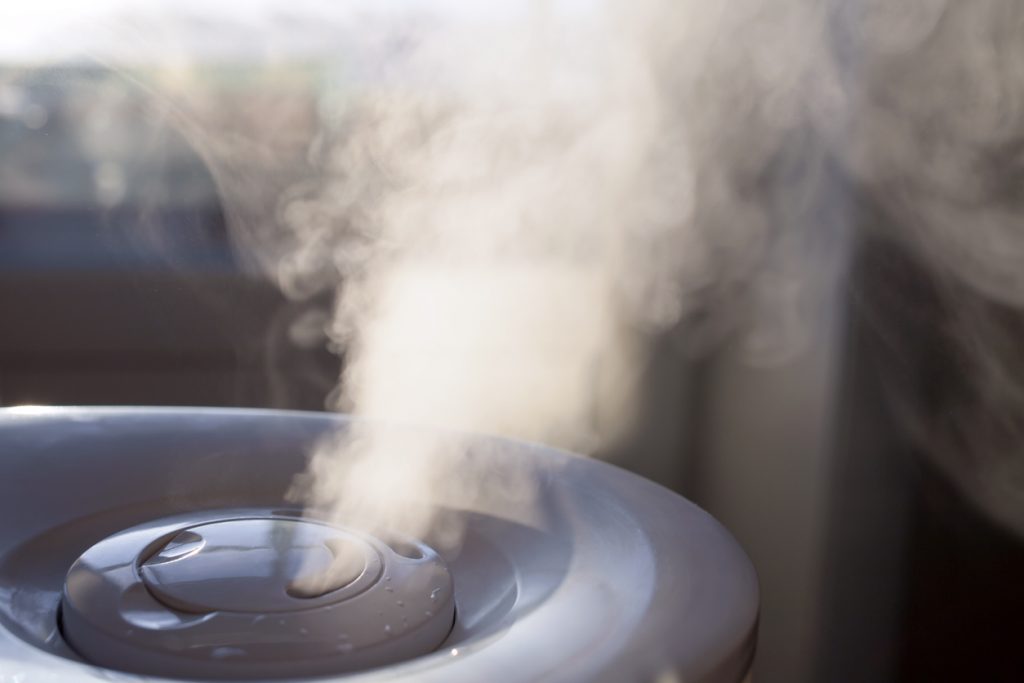
If you require another factor to do not like winter season, dry winter season air is a great one. It can dry your nasal passages, which can make it harder to recover from a stuffy nose. The dry air can worsen asthma symptoms andcause dry skin In time, it can likewise harm your wood floorings and furnishings and harm the health of your houseplants.
Plainly, if you can balance out the dry air, you should. And a humidifier is your go-to device for canceling the air in your house as you count the days up until spring. If you are looking for a humidifier, there are a couple of things to think about while you’re making your option. We talked to Lynne Hammell, marketing director at AHAM member Kaz, which makers Vicks and Honeywell brand name humidifiers, for assistance.
Size of the space
If you have a concept of where you’re going to mainly utilize your humidifier, it is essential to understand the size of your space. If you purchase a humidifier that’s too big for the area, you’ll not just make the space annoyingly damp, however likewise develop an environment beneficial to mold and mildew. Too little, and your humidifier will not have the ability to properly humidify the area. Humidifiers created for bigger areas will have bigger water tanks.
Examine the labeling of the humidifier, which ought to know about how huge an area the design is produced. Know the square video of your space and select the design that’s suitable for the area.
Warm vs. cool
Device makers produce humidifiers that can put out either warm or cool humidity. Your option is mostly a matter of individual choice, however the American Academy of Pediatrics recommends using a cool-mist humidifier for kids who are struggling with colds and the influenza. Nevertheless, both warm and cool-mist humidifiers will increase the humidity in your house.
Filter or no filter?
Filtered and filter-free humidifiers will both humidify the air. A filtered design will eliminate minerals from water prior to the water is taken into the air. Nevertheless, the filter will require to be altered frequently, potentially every 1-2 months.
Filter-free designs, certainly, do not need altering filters. However, you might discover a build-up of minerals, potentially as a great white dust, on the exterior of a filter-free humidifier. Nevertheless, some designs feature demineralization cartridges, which require to be changed regularly.
You’ll most likely likewise discover a distinction in the method filtered and filter-free humidifiers put wetness into the air. Filtered designs are evaporative and utilize a fan to put humidified air into the space. Filter-free designs put a noticeable mist straight into the air.
Upkeep and care
All humidifiers, whether warm or cool, filtered or filter-free, need routine cleansing and upkeep. Prior to you purchase, have a look at the designs you’re thinking about and think of how simple they may be to tidy. Do they have removable parts that can be positioned in a dishwashing machine? Exist narrow openings that might be challenging to clean up? You’ll require to clean down the within the tank frequently, so ensure the humidifier you select has an opening big enough to reach within. Keep
The cleansing procedure will differ depending upon the design, however in basic, it’s a two-step procedure that includes descaling and disinfecting. Descaling breaks down any minerals that might have built up on the humidifier. Sanitizing will eliminate any bacteria that have actually developed. You’ll require bleach for decontaminating, vinegar for descaling, plus a fabric or brush. Follow the cleansing directions in your humidifier’s usage and care handbook.
Keeping the humidifier tidy is a lot more crucial if you’re utilizing it to reduce a cold, allergic reactions or asthma, as a filthy dehumidifier can put pollutants back into the air.
It’s a humidifier, not a diffuser
Individuals in some cases puzzle humidifiers with important oil diffusers. Never ever put anything however water into a humidifier. Oils or other compounds can harm the humidifier’s tank and mechanical parts. Diffusers, which tend to be much smaller sized than humidifiers, and are created to accommodate oils.
Register For the AHAM Customer Blog Site


